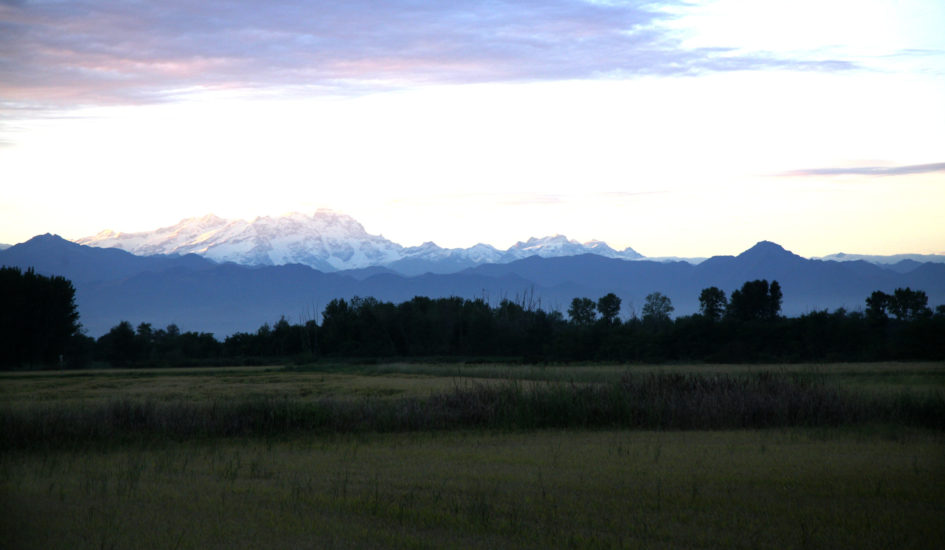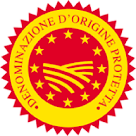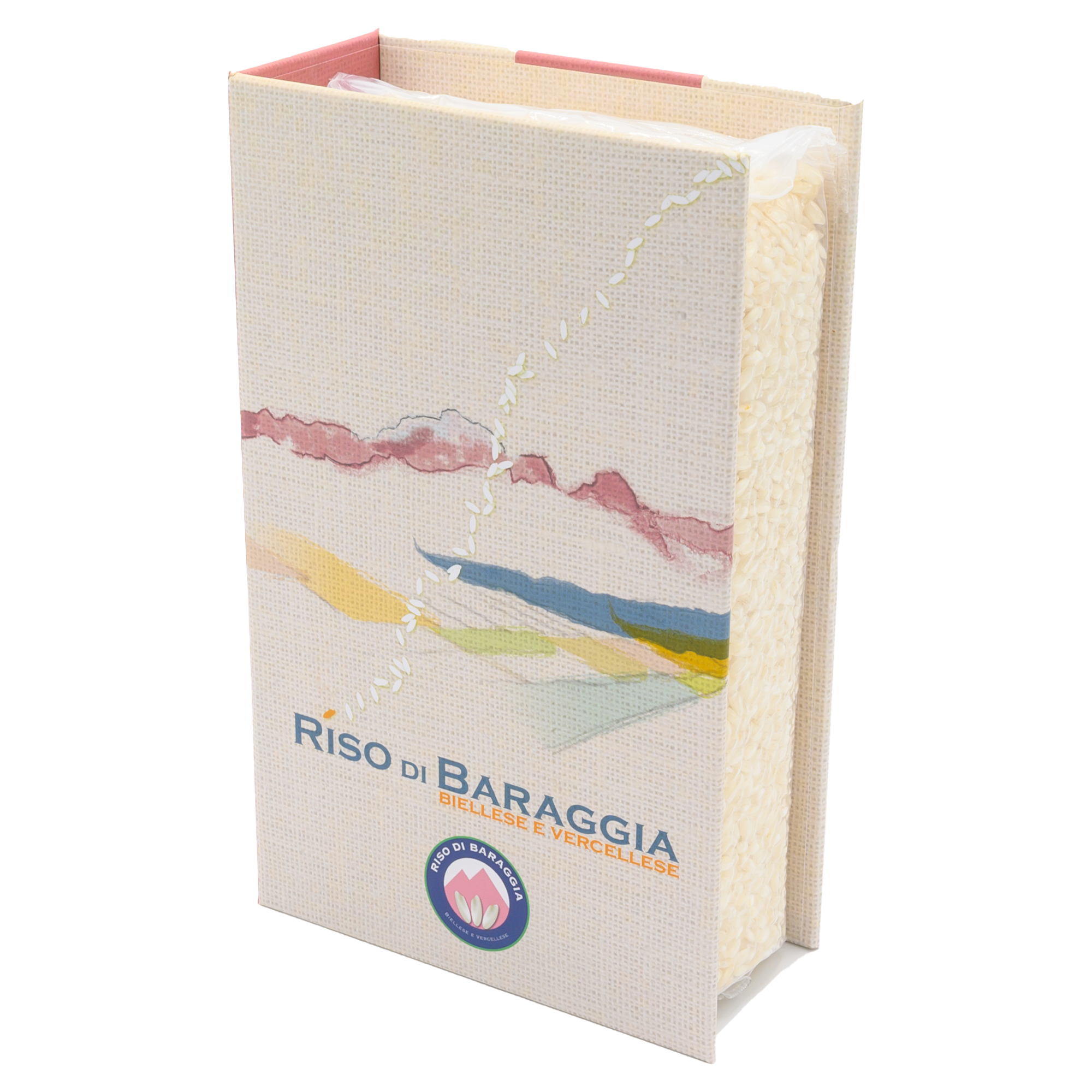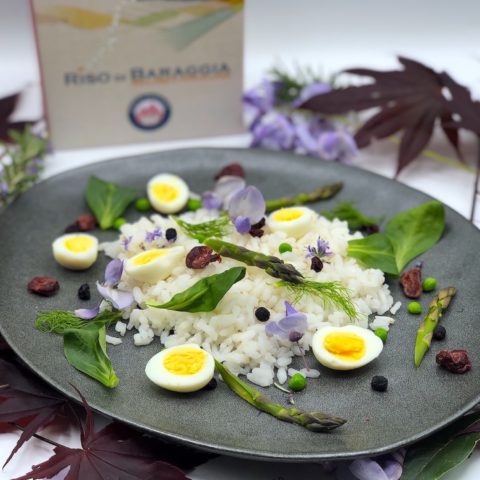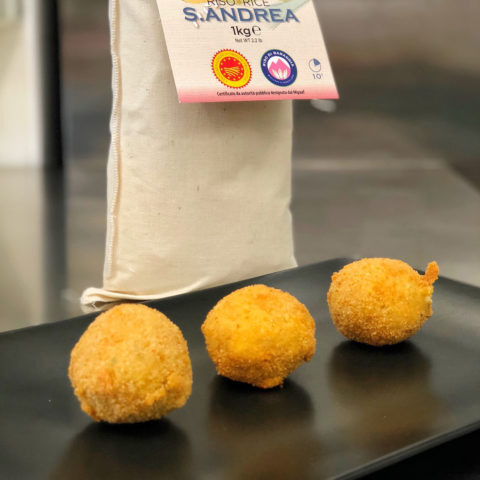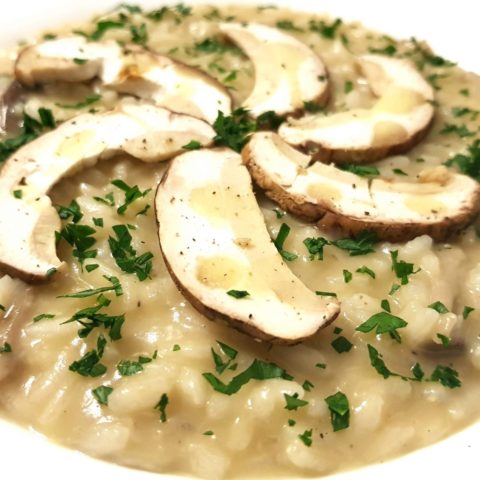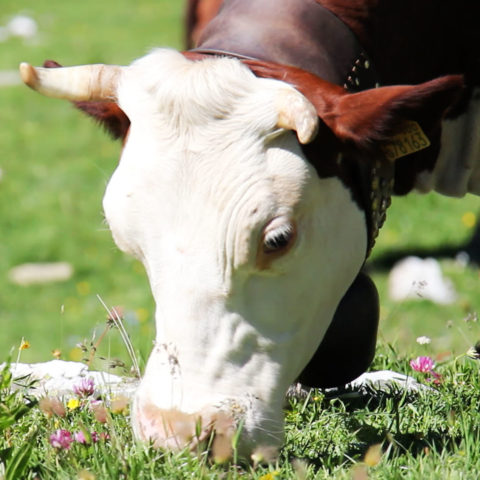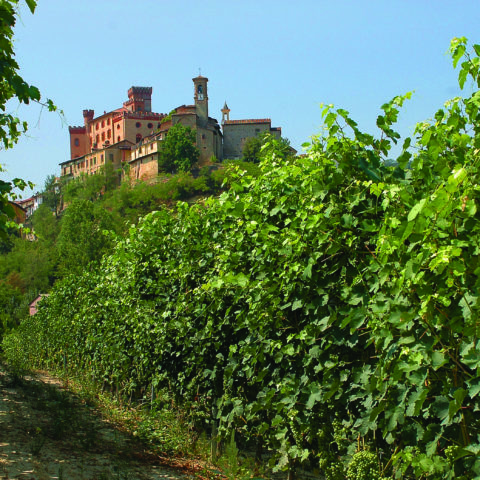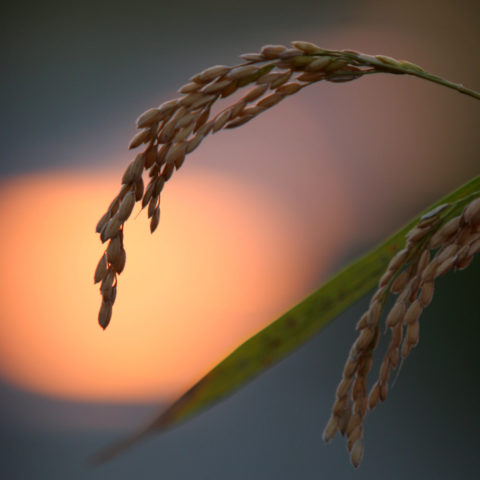History
Rice farming in Baraggia dates back to 1500; in 1606 the Notary Carlo di Catulo reported from Salussola on the importance of rice farms; in the name of the Noblemen of Vigliano and Valdegno, in 1609 Giulio Avogrado presented the Duke of Savoy with a request to grow rice in the Balocco Municipality. In 1730 a Ducal decree prohibited the extension of rice fields in the Lower Biella area to prevent any further reduction in pasture areas which abounded due to the natural conformation of the land. The term “Baraggia” has been used since ancient times to denote those lands, between the Biella and Vercelli provinces, which distinguished themselves from the moorland due to the specific characteristics of their geological structure. This term has always been used in reference to lands with poor soil, dotted more or less thickly with oaks, birches, hornbeams and heather undergrowth.
The land is characterized by its morphological position: plateaus where surface water is almost non-existent due to unfertile clay-rich, fine and clogged soils. These particular characteristics made it difficult to convert the area into arable land and on 16th July 1922 the Italian Ministry for the National Economy defined the Baraggia district a “reclamation area”, to be subjected to economic and social transformation of public interest. On 9th December 1950, with decree no. 3862 signed by the president of the Italian Republic Luigi Einaudi, the Consorzio di Bonifica della Baraggia Biellese e Vercellese was established, a public economic body tasked with operating on this disadvantaged area by means of reclamation works and land improvement operations.
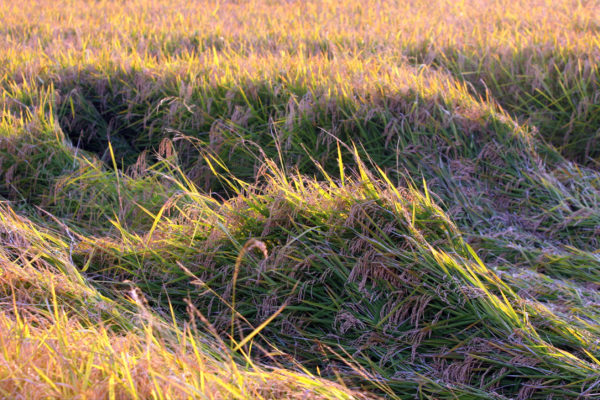
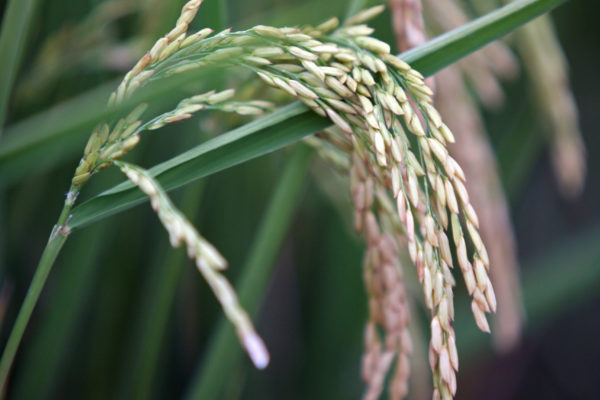
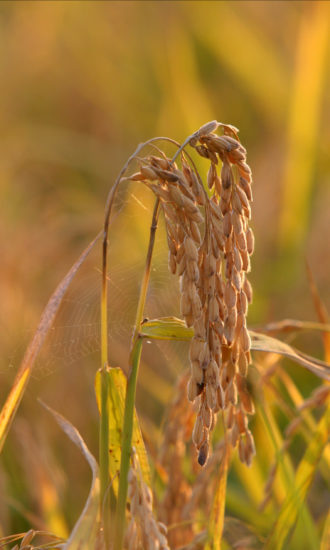
In addition to the leveling and flattening of arable lands, the Consortium also implemented infrastructural works, from roads to the electrification of villages. From the Sixties it worked tirelessly to complete three large-scale public works: the reservoirs on the Ostola river in Masserano, on the Ravasanella river in Roasio and on the Ingagna in Mongrando. These three large artificial lakes satisfy the irrigation demands of farms in the area; during the summer season and in times of drought, consortium members in the Baraggia district are guaranteed sufficient water for PDO rice production.
The morphological characteristics of the land coupled with its special and sophisticated irrigation system based on directly channeling water which flows from the Alps and Prealps, were the added values that roused the European Community’s interest in Baraggia and its rice, produced in the northernmost latitude suitable for rice farming. Official recognition came with EC Regulation no. 982/2007, with which the European Commission approved Protected Designation of Origin status for Baraggia Biellese and Vercellese rice. In the same year a specific decree of the Italian Ministry of Agricultural, Food and Forestry Policies recognized the Consorzio di Tutela della DOP “Riso di Baraggia Biellese e Vercellese”, the Consortium tasked with protecting, promoting and enhancing the first and only Italian PDO rice.
